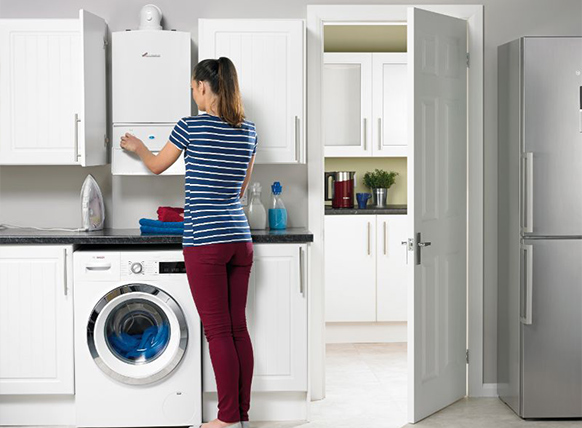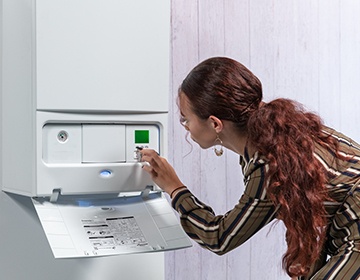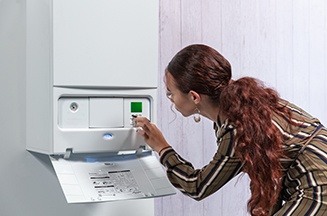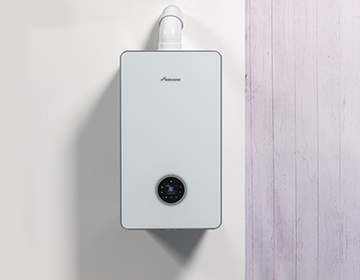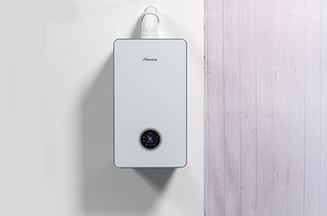Instructions vary depending on the type of leak sealer you are using, we strongly recommend checking the packaging of your leak sealer and following the instructions. Whilst these instructions are not exhaustive, we’ve provided a general overview on how to add leak sealer to your central heating system to help seal small leaks:
- Make sure your central heating header tank is almost empty and pour in the leak sealer.
- Fill 5 -10 litres of water from the drain cock (usually located at the bottom of the radiator, boiler, or on a pipe running at the lowest position in your central heating system) and put it back into the header tank to make sure leak sealer treated water is thrown away.
- Repeat step 2 until you’ve drawn all the leak sealer into the circulating system, don’t leave the leak sealer sitting in the header tank.
- Turn on the circulating pump while also applying a little bit of heat to reach an even distribution.
If you're not confident in using a leak sealer, are having trouble locating the leak, or are unable to fix it yourself, we recommend instructing a Gas Safe engineer to inspect your central heating system to identify and fix the problem. It may be a case of the best option being to replace your central heating system altogether. If you want to replace your central heating system, we offer a range of A-rated new boilers to suit any household.









